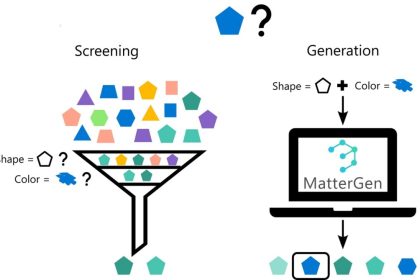Researchers have successfully developed an advanced artificial hand that allows amputees to control it using their minds. This artificial hand enables accurate and natural movements by using magnets and complex algorithms.
According to the Techna Technology Media Science News Department, this remarkable achievement is the result of the efforts of the research team of the Scuola Superiore Sant’Anna Biorobotics Institute in Pizza. The artificial hand designed by this team does not need wires or electrical connections and works only by using magnets and nerve signals. This feature allows users to perform a wide range of hand movements in a natural way.
The way this technology works is that small magnets are first implanted in the remaining muscles in the amputee’s arm. When the person intends to move the hand, nerve signals are sent to the muscles and cause the magnets to move. Sensors detect the movement of magnets and convert it into digital signals. These digital signals are sent to the artificial hand and cause its fingers to move. The advanced algorithms used in this system allow accurate control of the force and movement of the fingers. In this way, amputees can easily perform daily tasks such as opening doors, using tools, and even performing delicate tasks such as picking up small objects.
The results of the tests on the first patient of this project have been very promising. Daniel, a 34-year-old Italian man who lost his left hand, was able to fully control it after implanting and using this artificial hand. He was able to pick up various objects, move them, and even perform delicate tasks such as closing a zipper. This technology allows amputees to be more independent and perform their daily activities easily. Also, this achievement can be considered as a turning point in the field of smart prosthetics and paves the way for the development of more advanced technologies.
Researchers hope that with further development of this technology, they will be able to produce prostheses with more and more natural capabilities. Also, they are trying to reduce the production costs of these types of prostheses to make them available to the public. Overall, this achievement shows that technology can help improve people’s quality of life and create a brighter future. To see the latest news, refer to the scientific news page of Tekna Media.
RCO NEWS
















